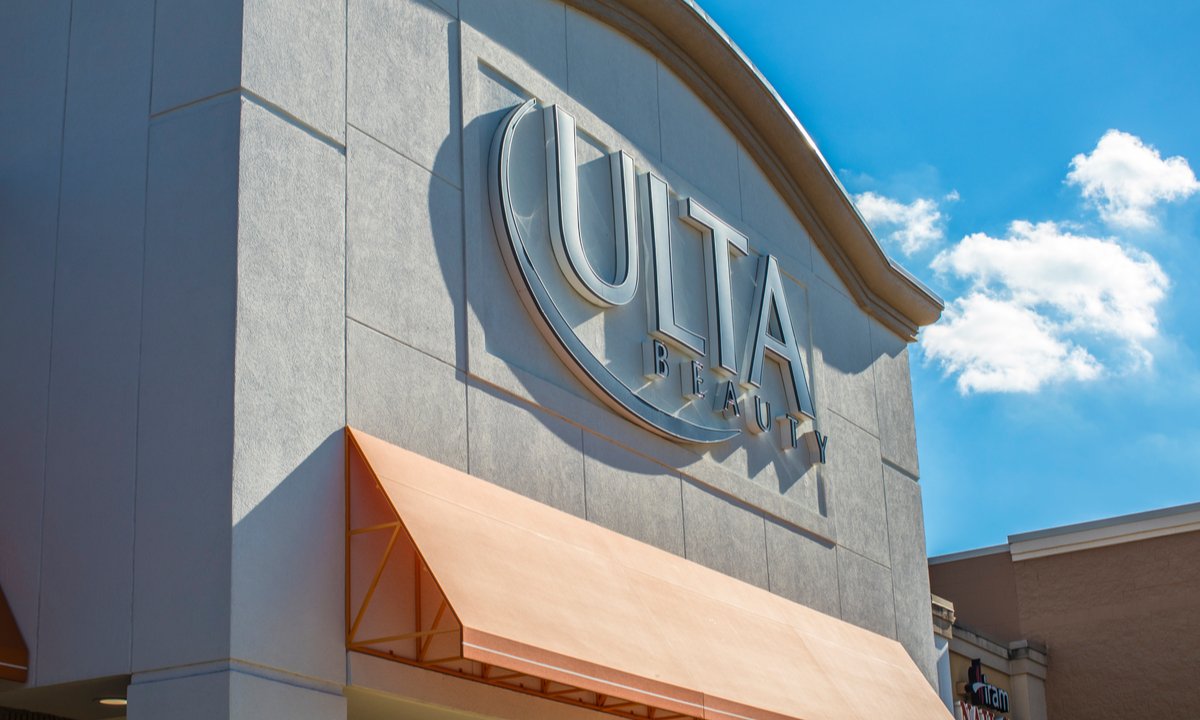As ongoing financial pressures make it harder for mid-market retailers to compete, without the scale of industry giants or the close customer connections of mom-and-pop shops, these merchants are forced to adapt if they do not want to go the way of, say, Sam Ash.
Up Close and Personal
To remain competitive and build closer relationships with their customers, savvy mid-market retailers are using customer data to personalize the experience. Cosmetics retailer Ulta Beauty, for instance, exemplifies this strategy, with its robust loyalty program that aims to create individualized relationships and foster a sense of community among its shoppers.
“We complement [our broader events] through a steady effort in promotional connection that’s more targeted through the power of our loyalty program and the strength and the personalization efforts, and we see that right now,” CEO Dave Kimbell told analysts on the company’s last earnings call. “…We’ll continue to amplify the big efforts that we have throughout the year and complement that with targeted, efficient promotions that we have a lot of data to continue to optimize.”
The PYMNTS Intelligence report “Personalized Offers Are Powerful — But Too Often Off-Base,” which drew on responses from more than 2,500 U.S. consumers, found that 83% are interested in receiving personalized offers, although only 44% of those who do get these offers say they are very relevant to their needs.
The Curation Advantage
While national brands might boast lower prices, mid-market retailers can differentiate themselves by offering a curated selection of products and a more personalized shopping experience.
Take, for example, REI, a mid-market outdoor gear and apparel retailer. The company focuses on offering a curated selection of top outdoor brands, alongside their own high-quality private label line, at competitive prices, providing a more streamlined shopping journey than consumers would get just browsing a major marketplace.
Additionally, the retailer aims to provide exceptional customer service through in-store gear consultations and expert advice, catering to the specific needs of outdoor enthusiasts. This focus on quality, value and expertise allows REI to compete effectively with discount retailers and high-end outdoor specialty stores.
Digital Transformation
With eCommerce on the rise, mid-market retailers are forced to adapt their businesses for today’s omnichannel shoppers. According to the U.S. Census Bureau, eCommerce sales accounted for nearly 16% of total sales in the first quarter of this year, up from approximately 13% three years prior.
As such, mid-market retailers must invest in their digital presence. The PYMNTS Intelligence study “2024 Global Digital Shopping Index: U.S. Edition,” created in collaboration with Visa Acceptance Solutions, found that 56% of consumers prefer to engage with digital technologies at least at some point in their retail journey.
Take, for instance, Dick’s Sporting Goods, which has invested heavily in its eCommerce platform, offering convenient click-and-collect options for in-store pickup and same-day delivery in select locations. This allows customers to switch between online and in-store shopping experiences.
“Our emphasis on the omnichannel athlete experience is driving robust athlete engagement,” CEO Lauren Hobart told analysts on the company’s last earnings call. “We are continuing to enhance service levels across all our digital and store experiences to meet our athletes wherever they are, provide the support and service they need, and get product into their hands faster. During Q1, we continue to see growth in our omnichannel athletes, our strongest athletes, who spend more with us and shop more frequently than single-channel athletes.”
Let’s Talk About the Amazon in the Room
Still, it is becoming harder and harder for mid-market retailers to compete, as Amazon continues to gain share of consumers’ shopping spending.
The PYMNTS Intelligence Whole Paycheck Report tracks Amazon’s market share across various sectors based on earnings reports as well as data from the U.S. Census Bureau and Bureau of Economic Analysis. The most recent report, “New Consumer Spend Data Finds Amazon Way Ahead of Walmart,” calculated that Amazon secured 10% of overall consumer retail expenditure as of the end of 2023, up from 6% four years prior.
As the economic landscape continues to evolve, mid-market retailers will need to remain agile and forward-thinking, using their smaller size to build customer relationships and make the experience special rather than letting it be what cripples them.
For all PYMNTS retail coverage, subscribe to the daily Retail Newsletter.











